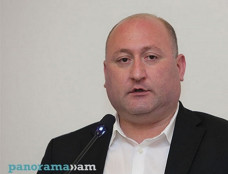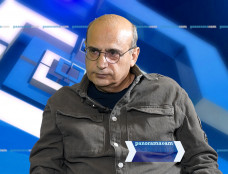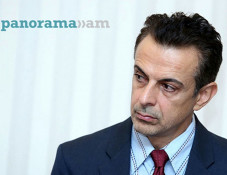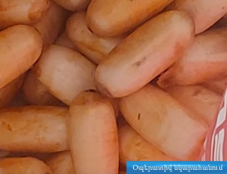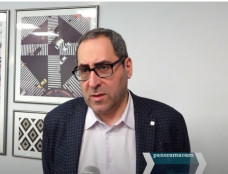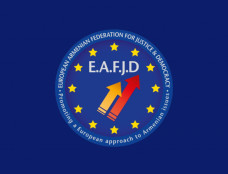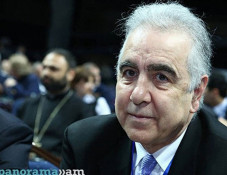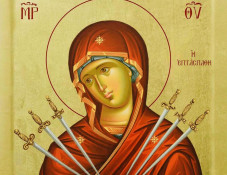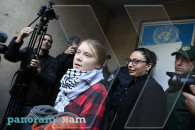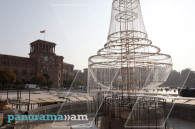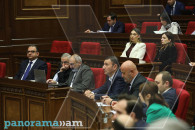
Commemorative event dedicated to Sumgait, Baku and Kirovabad pogroms held in Tbilisi
An event commemorating the Armenian victims of the Sumgait, Baku and Kirovabad massacres was held in Tbilisi. The commemorative event was organized by Armenian NGOs based in Tbilisi, press-service of the Ministry of Foreign Affairs of Armenia reports.
According to the information, the event began with a prayer for the repose of the souls with the participation of the Primate of the Armenian Diocese in Georgia, His Grace Bishop Vazgen Mirzakhanyan and the clergy.
A minute of silence was observed in memory of the victims of the massacres of Armenians in Sumgait.
First Secretary of the Embassy of the Republic of Armenia in Georgia, Artur Sargsyan, the Chairman of the NGO Armenian Community of Georgia, Samvel Mkrtchyan, the Coordinator of the Georgian Armenians’ Union, Mari Arakelova, founder of The Peace Foundation, Giorgi Tumasyan, delivered speeches. The speakers in different languages touched upon the inhumane acts, presented the response of international media and political scientists to the massacres of Armenians.
The speakers condemned the slaughter and brutality in Sumgait, Baku in Kirovabad in 1988-91 reflected on continuing policy of violence on the border of Artsakh, where, even today, Armenian soldiers are killed by Azery bullet.
The evening’s cultural program included classical music performances by Henrikh Eroyan, Natia Chiashvili, Tata Korkadze and Tata Gvazava, the students from violin class of Ernest Arakelov (String Music Department dean) from the V. Sarajishvili Tbilisi State Conservatory, accompanied on piano by Irina Platonova. The commemorative event concluded with a performance by the Makar Yekmalyan Choir of the Cathedral of Saint George, led by the choirmaster Svetlana Tatoeva, and accompanied by organ-player Karen Mirzoyan.
On 26-29 February 1988 in terms of actual complicity of local authorities and inaction of the USSR government mass pogroms of civilians were organized in Sumgait city of Azerbaijani SSR, accompanied with unprecedented brutal murders, violence and pillaging against the Armenian population of the city. Armenian pogroms in Sumgait were carefully organized. At the meetings, which began on February 26 in the central square, city leaders openly called for violence against the Armenians.
On February 27 protests which were attended by hundreds of rioters turned into violence. Armed with axes, knives, specially sharpened rebar, rocks and cans of gasoline and with the pre-compiled lists of apartments where Armenians lived the rioters broke into the houses, turning everything upside down there and killing the owners. In the same time, people were often taken out to the streets or to the courtyard for jeering at them publicly. After painful humiliations and torture the victims were doused with gasoline and burnt alive. On February 29 army troops entered Sumgait but without an order to intervene. Only in the evening, when the mad crowd began to attack the soldiers the military units took up decisive steps.
The exact number of victims of Sumgait pogroms is still unknown. According to official data, 27 Armenians were killed; however there is ample evidence that several hundred Armenians have been killed in the city in three days. There is also evidence that the riots were coordinated by the Azerbaijani KGB. Executioners of Sumgait were subsequently declared as national heroes of Azerbaijan.
Newsfeed
Videos





